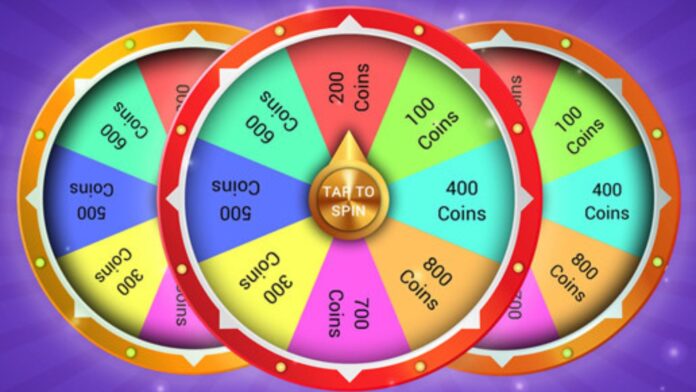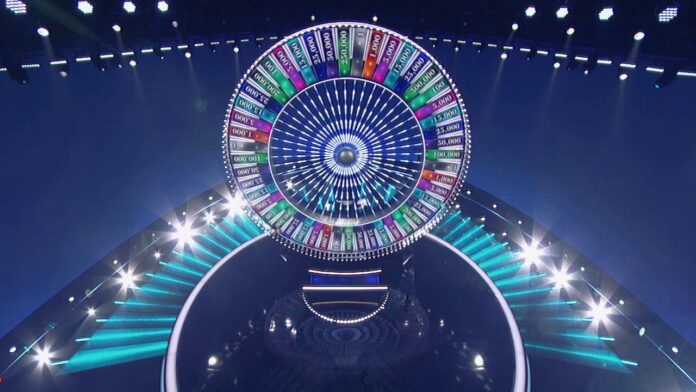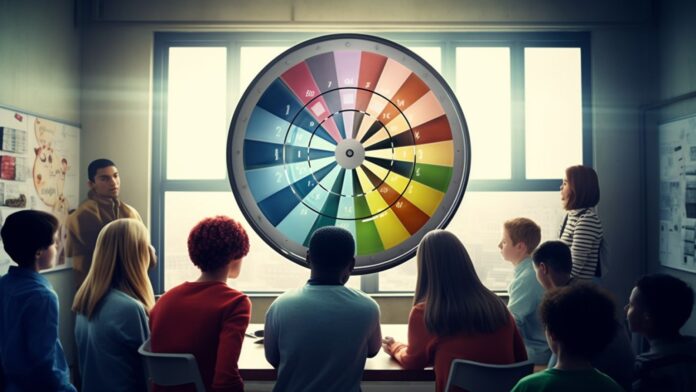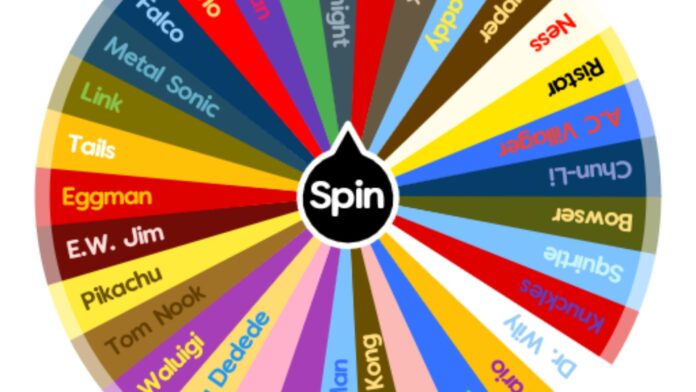Spin wheels have evolved from simple games of chance to sophisticated tools used in various settings.
They have grown in popularity and application, from carnival attractions to integral components of television game shows and corporate events.
If you don’t know what it is, visit https://spin-wheel.co/.
Now, let us talk about its evolution in greater detail.
Historical Origins

The roots of spin wheels can be traced back to the 17th and 18th centuries, where they emerged as popular elements in various games of chance. These early games often involved rudimentary wheels and were precursors to modern gambling devices like roulette.
Participants would place their bets, spin the wheel, and await the outcome with bated breath. The thrill of the unknown outcome and the potential for reward made these games highly appealing.
Roulette, for instance, became a staple in European casinos, blending chance and strategy in a way that captivated players.
Carnival Games
By the 19th and early 20th centuries, spin wheels had found their place in carnivals and fairs, becoming a beloved attraction. These wheels, often brightly colored and adorned with prizes, enticed fairgoers to try their luck.
The simple act of spinning the wheel and hoping it would stop on a desirable segment created a sense of excitement and anticipation.
The allure of winning prizes, ranging from small trinkets to large stuffed animals, made spin wheels a highlight of public events.
Their presence at fairs and carnivals became synonymous with fun and festivity, contributing to the enduring charm of these gatherings.
Spin Wheels in Television Game Shows


Spin wheels made their debut in television game shows with programs like “You Bet Your Life” (1950-61), where the wheel served as a minor game element.
The show, hosted by Groucho Marx, incorporated a wheel to add an element of chance and excitement, albeit not as a central feature.
The early use of spin wheels in television demonstrated their potential to engage audiences and add a dynamic visual element to the broadcast.
The transformation of spin wheels into a central game element occurred with the advent of “Wheel of Fortune” (1973-present). This iconic game show, created by Merv Griffin, revolved around contestants spinning a large, brightly colored wheel to determine cash prizes and puzzle values.
Innovations by art director Ed Flesh, such as the design and functionality of the wheel, played a crucial role in the show’s success. The wheel’s dynamic presence and the suspense it generated contributed significantly to the show’s enduring popularity and cultural impact.
Influential Game Shows
Other game shows followed suit, incorporating spin wheels to great effect. “The Price Is Right” (1975-present) introduced the Big Wheel, a pivotal element in the Showcase Showdown segment.
Contestants would spin the wheel to determine their potential winnings, adding a layer of excitement and unpredictability.
More recently, “Spin the Wheel” (2019) modernized the concept by integrating advanced technology, enhancing the wheel’s role and creating a visually stunning experience for viewers.
These shows demonstrate the versatility and enduring appeal of spin wheels in the realm of entertainment.
The Wagon Wheel Effect
The wagon wheel effect is a fascinating optical illusion often seen in film and video, where a spinning wheel appears to move differently than it does in reality.
This effect occurs when the rotational speed of the wheel interacts with the frame rate of the camera, creating the illusion that the wheel is spinning slowly, in reverse, or even standing still.
Historical examples from early cinema, such as Western films featuring stagecoaches, highlight the visual impact of this phenomenon. The wagon wheel effect captures the interplay between technology and perception, intriguing filmmakers and audiences alike.
Scientifically, the wagon wheel effect arises from the relationship between the wheel’s rotational speed and the camera’s frame rate.
When the wheel’s speed aligns in certain ways with the intervals at which the camera captures frames, it creates a strobe-like effect. This can cause the wheel to appear as if it is moving contrary to its actual direction.
Experiments with different rotational speeds and frame rates can illustrate how subtle changes in these variables produce varying illusions. Understanding this effect provides insight into both the mechanics of motion and the intricacies of human visual perception.
Spin Wheels Beyond Entertainment


Spin wheels have transcended entertainment to become valuable tools in education. In classrooms, they are used to gamify learning, enhancing student engagement and motivation.
Teachers can employ these for activities like random question selection, review games, and rewarding positive behavior.
For example, a teacher might use a digital spin wheel to randomly choose students to answer questions, adding an element of chance that keeps all students attentive.
Educational spin wheels can be customized with different subjects, topics, or rewards, making them versatile and adaptable to various educational contexts.
In the corporate world, spin wheels are utilized in team-building exercises and events to foster engagement and excitement. They can be used to select participants for activities, distribute prizes, or introduce random elements into training sessions.
For instance, during a team-building workshop, a spin wheel might determine the sequence of team tasks, adding an element of fun and unpredictability.
The visual and interactive nature of spin wheels makes them effective tools for breaking the ice, encouraging participation, and injecting a sense of playfulness into professional settings.
Integration with Digital Platforms
With advancements in technology, spin wheels have been integrated into digital platforms, enhancing their accessibility and customization.
Digital spin wheels can be used in online events, virtual meetings, and webinars, allowing for interactive elements in a remote environment
These wheels can be easily customized to suit the specific needs of the event, such as adding brand logos, thematic colors, and tailored segments.
The flexibility of digital spin wheels makes them suitable for a wide range of applications, from educational activities to corporate promotions and virtual giveaways.
Future Prospects
Looking ahead, the potential for spin wheels to further integrate into various fields is promising. Technological advancements may lead to more sophisticated designs, including augmented reality (AR) and virtual reality (VR) elements to create immersive experiences.
In entertainment, spin wheels could evolve to become central features in new interactive formats. In professional environments, they might be used in innovative ways to enhance engagement and productivity.
The enduring appeal of spin wheels, combined with technological innovation, suggests they will continue to captivate and engage people in diverse settings.
The Bottom Line
Spin wheels have evolved significantly, proving their versatility across various domains. Their enduring appeal and potential for future innovations ensure they will remain popular tools for entertainment, education, and professional engagement.







